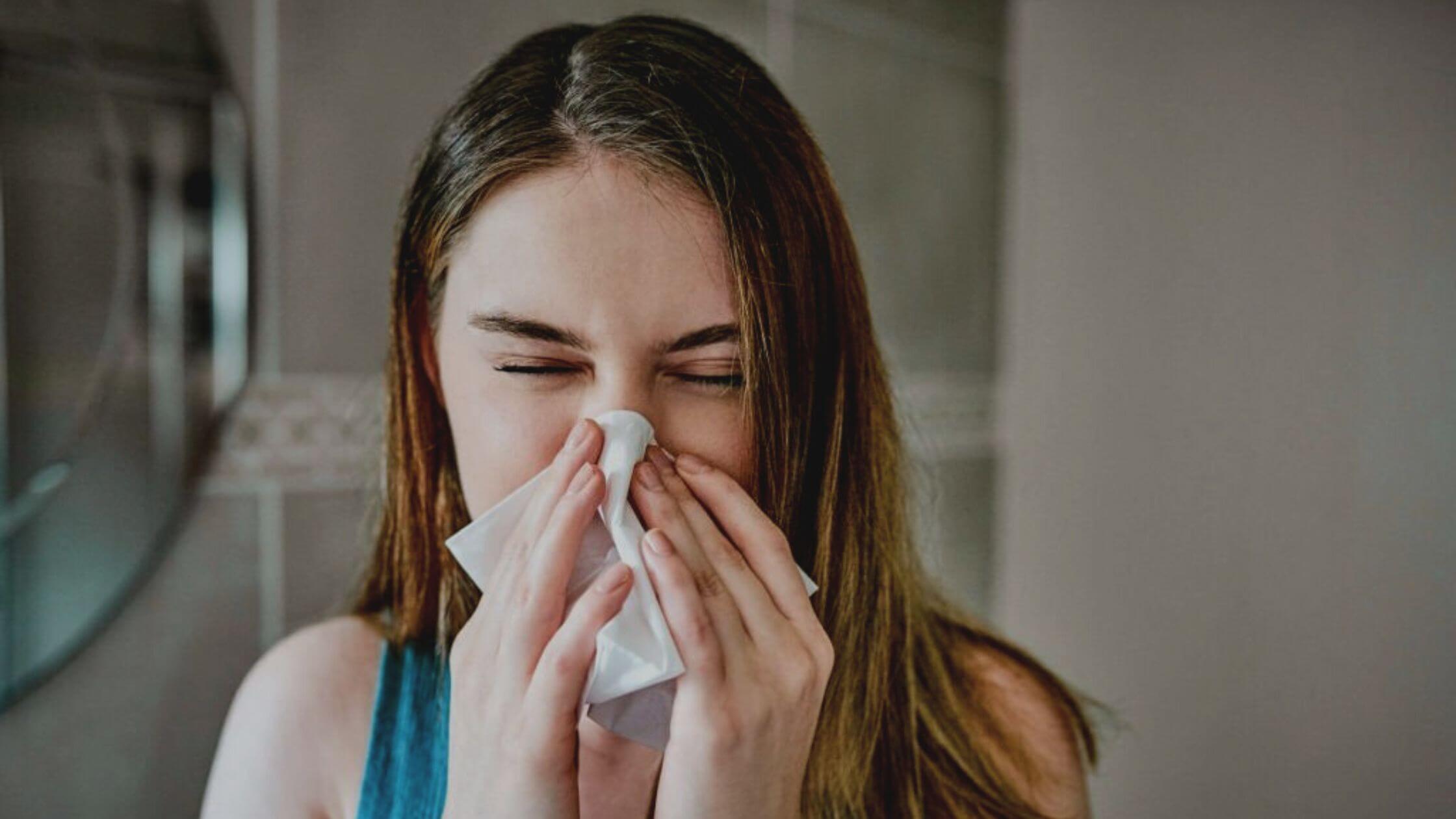How Climate Change Is Making Us More Susceptible To Infectious Disease?
Nikki Attkisson | Last Updated : August 10, 2022A new study shows that climate change has had a hand in spreading infectious diseases across the globe and making them more prevalent. The authors of the study, published in PLOS Medicine, looked at trends in global warming and increases in infectious disease to determine how climate factors into the spread of infections like HIV/AIDS, malaria, cholera, and Dengue fever.
How Climate Changes Susceptible To Infectious Disease?
In analyzing 132 different infectious diseases, they found that 58% of the increase can be directly attributed to climate change over the past 40 years. And by 2080, global warming could cause disease occurrence to rise by as much as 86%.

What is climate change?
Changes in climate result from a long-term change in temperature and typical weather patterns. Climate change may be defined as a change in one place or as a change across the globe. There is a relationship between climate change and more severe weather events such as more frequent and more intense hurricanes, floods, downpours, and winter storms.
Combined with the melting of the polar ice due to rising temperatures, the resultant raised sea level has begun damaging coastlines due to flooding and erosion.
Why should we be concerned about infectious diseases?
Infectious diseases are a leading cause of death worldwide, and climate change is making us more susceptible to them. A new study has found that 58% of all infectious diseases are sensitive to changes in temperature and precipitation, and that these changes are already making some diseases more common.
Which climate hazards are most likely to drive infectious disease in the future?
A new study published in the journal Nature Medicine has found that climate change is likely to increase the spread of infectious diseases. The study looked at a variety of climate hazards, including extreme weather events, droughts, and floods. They found that these hazards are most likely to drive the spread of infectious diseases in the future.
Population growth and movement into hazard areas increase risk
A new study has found that nearly 58% of all infectious diseases are climate-related. As the world’s population continues to grow and more people move into areas where they’re exposed to climate hazards, the risk of contracting an infectious disease increases.
More from Powdersville Post:
Does Climate Change Affect Health In Very Bad Ways?
Mental Health Also Dependent On The Climate Change Reveals Study
Climate impacts exacerbate pre-existing vulnerabilities
People who are already struggling to meet their basic needs are especially vulnerable to climate impacts. This is because they often lack the resources needed to cope with extreme weather events or recover from them quickly. As a result, climate hazards can quickly lead to humanitarian crises.
For example, after Hurricane Maria hit Puerto Rico in 2017, many people were left without access to clean water, food, or electricity for months. This made it difficult for people to stay healthy and increased their susceptibility to infectious diseases.
Changing risk factors can lead to new or shifting patterns of disease emergence, reemergence, range expansion, and pathogenicity
As the climate changes, so does the risk for exposure to certain infectious diseases. A new study has found that 58% of all infectious diseases are climate-sensitive, meaning that they are influenced by changes in temperature, precipitation, and other weather patterns.
This means that as the climate continues to change, we will be increasingly at risk for these diseases. In some cases, the risk may be due to new or shifting patterns of disease emergence, reemergence, range expansion, and pathogenicity.
Populations need better access to prevention tools
With climate change comes an increased risk of exposure to infectious diseases. A new study has found that 58% of the world’s population is at risk from climate-related hazards, such as floods and extreme heat. This puts us at a greater risk for contracting diseases, as well as experiencing more severe symptoms.
To protect ourselves, we need better access to prevention tools, such as vaccines and mosquito nets. We also need to be aware of the early warning signs of disease outbreaks so that we can take action quickly.
Effective strategies are urgently needed for infection control and management of emerging infectious diseases
As the climate continues to warm, the spread of infectious diseases will become more common. By understanding how climate change affects the transmission of diseases, we can develop strategies to prevent and control outbreaks.
Reference:
National Library Of Medicine(2022): Physiology, Testosterone(Available Online): https://www.ncbi.nlm.nih.gov/books/NBK526128/
Centre For Disease Control And Prevention (n.d):Climate change and infectious diseases(Available Online):https://www.cdc.gov/ncezid/what-we-do/climate-change-and-infectious-diseases/index.html
With over 15 years as a practicing journalist, Nikki Attkisson found herself at Powdersville Post now after working at several other publications. She is an award-winning journalist with an entrepreneurial spirit and worked as a journalist covering technology, innovation, environmental issues, politics, health etc. Nikki Attkisson has also worked on product development, content strategy, and editorial management for numerous media companies. She began her career at local news stations and worked as a reporter in national newspapers.
